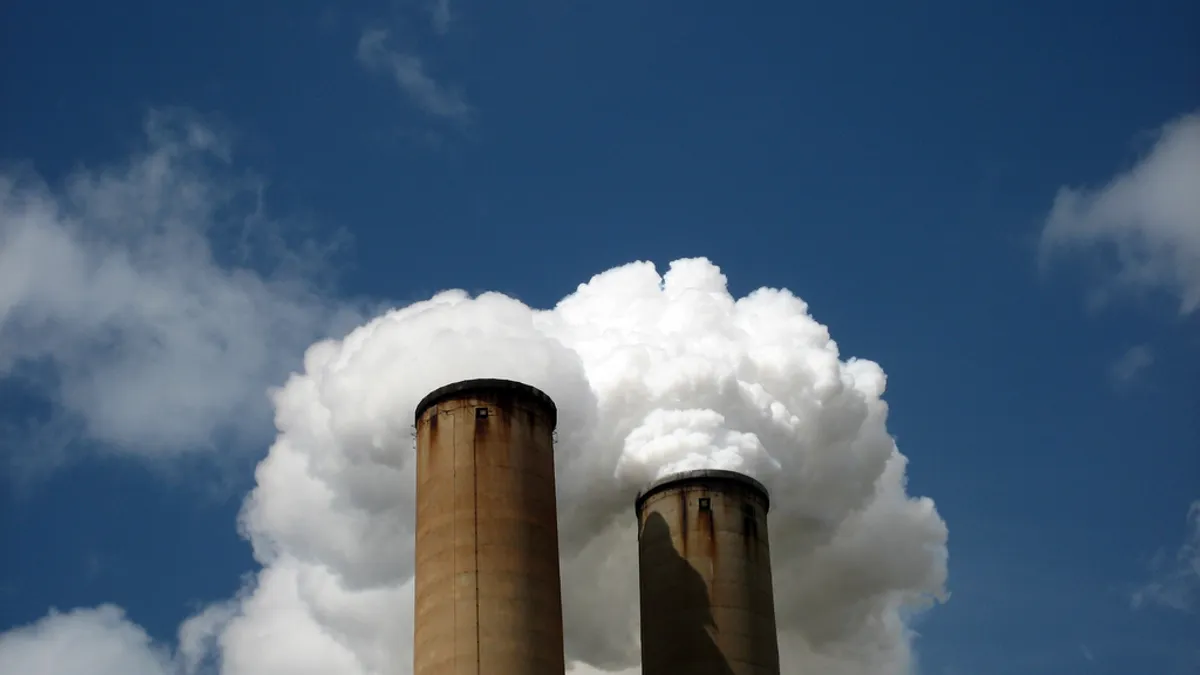Dive Brief:
- The U.S. Court of Appeals for the 5th Circuit has put a judicial stay on implementation of the EPA's regional haze rule, which aims to cut down on visible pollution at the country's national parks and wilderness areas.
- The court ruled June 15 that the agency had acted "arbitrarily, capriciously, and in excess of its statutory authority" when it rejected pollution control plans from Texas and Oklahoma and sought to impose a federal implementation plan for the regional haze rule.
- Texas power generators and business interests welcomed the decision, saying the EPA's plan would have threatened electric reliability and increased power prices without delivering meaningful emission reduction benefits.
Dive Insight:
Dating back to 1999, the EPA's regional haze rule seeks to cut down on visible pollution at a group of U.S. national parks, monuments, and wilderness areas caused by the burning of fossil fuels for electricity generation and industrial purposes.
Promulgated under the Clean Air Act, states were given the chance to develop compliance plans to reduce pollution in those areas. After rejecting those submitted by Texas and Oklahoma, EPA announced it would federal implementation plans in 2014 to fill what it said were gaps in state compliance.
The State of Texas, along with power generators and business groups, balked. The plan envisioned by the EPA, they said in a March filing with the court, would impose $2 billion in costs on Texas alone without delivering any visible pollution reduction benefits during the compliance period.
Green groups pushed back, saying the federal regional haze plan would significantly reduce harmful emissions, saving more than $3 billion in avoided healthcare costs a year.
But that was not the EPA's primary argument before the 5th Circuit. Instead, the agency pushed the court to dismiss the case because it lacked proper jurisdiction.
The 5th Circuit judges disagreed, writing that a judicial stay is justified due to the "strong likelihood" of the states overturning the federal EPA plan and the "irreparable harm" Texas generators and business could suffer from implementation.
The decision is a setback for the EPA, which is defending multiple clean air regulations from fossil fuel interests in federal courts across the country. Implementation activities for the Oklahoma and Texas haze plans will now have to wait until all regional haze court challenges conclude, if the regulation is not rejected outright.
"Petitioners are likely to establish that EPA improperly failed to defer to Texas’s application of the statutory factors and improperly required a source-specific analysis not found in the [Clean Air] Act or Regional Haze Rule," the 5th Circuit wrote.
While not as well-known as the Clean Power Plan or Ozone rule, the Regional Haze Rule could have significant consequences for the Texas fuel mix. In a recent report, the grid operator for the state estimated the rule would require modifications to 13 coal units and push up to 5 GW of retirements in the next five years.














